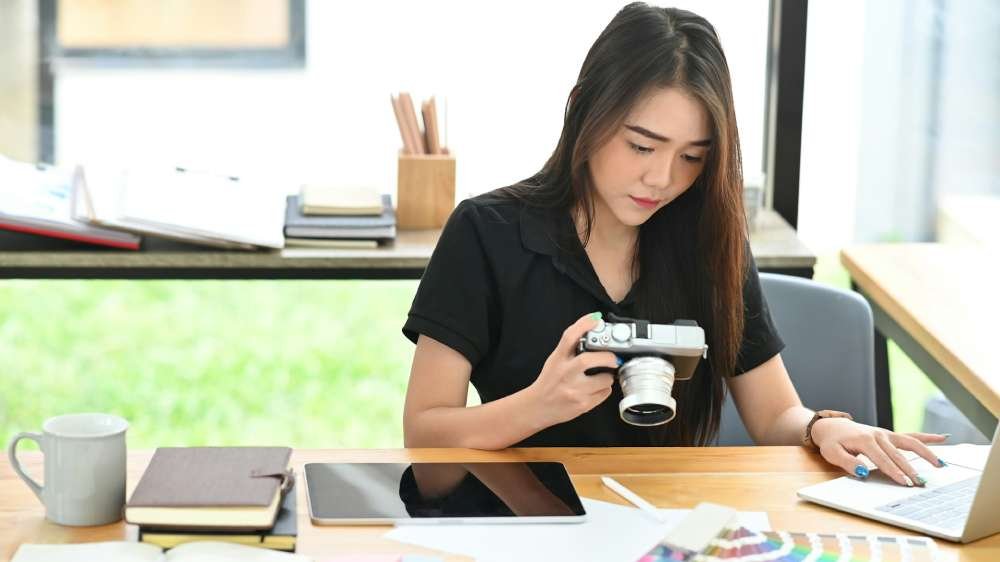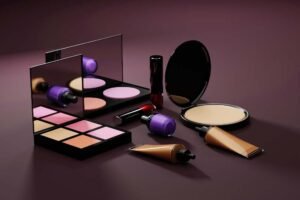White balance is one of the most important settings in digital photography. It affects how your images look, both in-camera and during post-processing, you can learn from experts like Meg Bitton.
An image will have a color cast if the WB isn’t set correctly. Different light sources can create a range of tints and temperatures. Understanding these can help you produce natural-looking photos.
Color Temperature
When you take a picture, your camera sees all the colors in your scene and tries to match them to how they would look under natural light conditions. It does this by adjusting the white balance.
Most cameras have several white balance presets like incandescent (light bulb icon), fluorescent (a fluorescent tube), daylight (the sun), flash, cloudy, and shade. These settings work well if your scene is lit by a single light source with a consistent color temperature. However, if you use a warm Tungsten preset when shooting under modern LED or fluorescent lights that are more orange, your photos will have an unnatural yellowish cast.
The right white balance setting prevents this and allows your pictures to reflect how the scene looked to you when you took them. Understanding how and why to adjust white balance opens up new creative opportunities for creating images that leave a lasting impression. It also allows you to fine-tune the colors in your pictures, warming them up or cooling them down depending on your vision and artistic intent.
Reflection
The tint of light is also important to consider when determining white balance. Incorrect white balance can have a detrimental effect, but pushing it in the wrong direction is also useful for creating a specific artistic concept. For example, adding cool hues can give photos a shady or nighttime feel, and warm hues can give images a sunrise or sunset effect.
Choosing the correct white balance setting is essential for getting the most accurate colors in your digital photography. White balance is a complex topic, and many different methods exist for adjusting it in-camera or post-processing software.
To understand the difference between color temperature and white balance, start with a bracketed series of photographs. To do this, find a scene with a few different light sources (for example, sunlight and fluorescent lighting). Set your camera to the various WB settings and take several shots of the same subject.
Luminance
Your camera’s white balance setting affects how warm or cool your photos look. It greatly impacts your photos when you are shooting under fluorescent lighting, tungsten lights, or in the shade.
Your digital camera has a bunch of presets that are designed for different types of lighting conditions. Some of these are simple, such as the incandescent or daylight options. Others are more complicated, such as flash or cloudy.
These are a great starting point to help your camera pick the correct White Balance for your images. However, these are not 100% accurate for all situations. For example, if you are at a carnival with many different types of lights (Tungsten, fluorescent, neon), you will probably have to adjust the White Balance in post-processing to get your image looking right. Using the RAW file format when you shoot will make these adjustments easier in post-processing. This is especially important if you use an external flash to light your subject.
Color Cast
A photo can have a color cast when it appears unnatural or unbalanced. This is because different light sources emit light at varying temperatures and tints. For example, photos shot under fluorescent lighting can have a blue tint, while those in natural daylight may look yellow or overly warm.
Most basic photo-editing programs have temperature and tint sliders that can remove or neutralize a color cast to counteract this effect. More advanced photo-editing tools, like curves and levels, give you greater control over the specifics of each color.
Avoiding a color cast is all about determining the best white balance for your image based on your specific lighting conditions. By taking the time to understand this concept and practice using your camera’s white balance setting, you can achieve more accurate and natural-looking photographs. This will help you create more visually engaging images that capture the true beauty of your scene.



